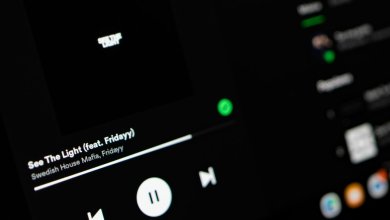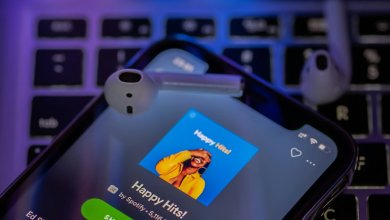
How to tell if someone has read your text message
In today’s digitally connected world, text messaging has become a primary mode of communication. Whether it’s coordinating plans, sharing news, or simply staying in touch, people rely heavily on messaging apps. But often, an inevitable question arises: Has the person read my message yet? Understanding whether someone has viewed your text can be reassuring or help manage expectations about a response. Fortunately, several indicators and platform-specific features can help reveal this information.
Read Receipts: The Most Direct Indicator
Many messaging platforms offer read receipts—notifications that tell the sender when the recipient has opened the message. These are usually seen as small labels or checkmarks.
- iMessage (Apple devices): With both users on iPhones and read receipts enabled, a “Read” timestamp appears under the message once it’s opened.
- WhatsApp: Two gray checkmarks indicate delivery, and they turn blue when the message is read.
- Facebook Messenger: A small version of the recipient’s profile picture appears next to the message, indicating it has been read.
- Instagram Direct: Messages show a “Seen” marker beneath once opened.
Indicators for Android and SMS
For traditional SMS messages, especially between Android devices, things get a bit more tricky. SMS does not inherently support read receipts, but modern Android Messaging apps often do—if both users have Rich Communication Services (RCS) enabled.
With RCS:
- A message may show “Delivered” and then “Read”, depending on settings.
- This feature must be turned on in the settings of compatible messaging apps like Google Messages.
However, if the contact does not have RCS or has disabled read receipts, there won’t be any indication that a message has been seen.
Third-party Apps and Email-style Tracking
Some apps allow for read tracking similar to email—and even go a step further by using technology like image tracking pixels. Although less common in personal texting, some business-related platforms or extended third-party tools enable message activity monitoring.
Important: Always consider the other person’s privacy when using such tools. Not every method is ethical or welcomes transparency.
Behavioral Clues
When all else fails, noticing behavioral patterns might help infer if someone has read your message. Some signs include:
- They reply to a message referencing its content but didn’t technically respond within the app.
- They come online or are active soon after you send a message but don’t reply.
- They suddenly post on social media after receiving your message but remain silent in the conversation.
Why Might Read Receipts Be Disabled?
There are valid reasons why someone might disable this feature:
- Privacy: Not everyone wants to feel obligated to respond instantly.
- Discretion: Turning off receipts can help avoid confrontation or unwanted pressure.
- Preference: Some users simply prefer cleaner or less interactive messaging.
Final Thoughts
While it’s natural to want to know if your message was seen, remember that communication is a two-way street that requires understanding and boundaries. Features like read receipts can be helpful, but they aren’t foolproof or always available. When in doubt, give people the space they may need and consider following up if the message is urgent.
[ai-img]chat, digital communication, smartphone screen[/ai-img]Frequently Asked Questions (FAQ)
- Q: Why don’t I see read receipts on iMessage?
A: Both users need to have read receipts enabled in their settings. Also, both must be using iMessage and not regular SMS. - Q: Can I tell if someone has read my text on Android SMS?
A: Only if both devices support and have enabled RCS messaging. Otherwise, you won’t know if a message has been read. - Q: Can I stop others from knowing I read their messages?
A: Yes. Most apps allow users to disable read receipts in their settings for more privacy. - Q: Does “Delivered” mean the message was read?
A: Not necessarily. “Delivered” just means it reached the device, not that it was opened or read. - Q: Are there ethical concerns with read tracking apps?
A: Yes. Using tracking tools without consent can violate privacy expectations. Always use such methods responsibly.


